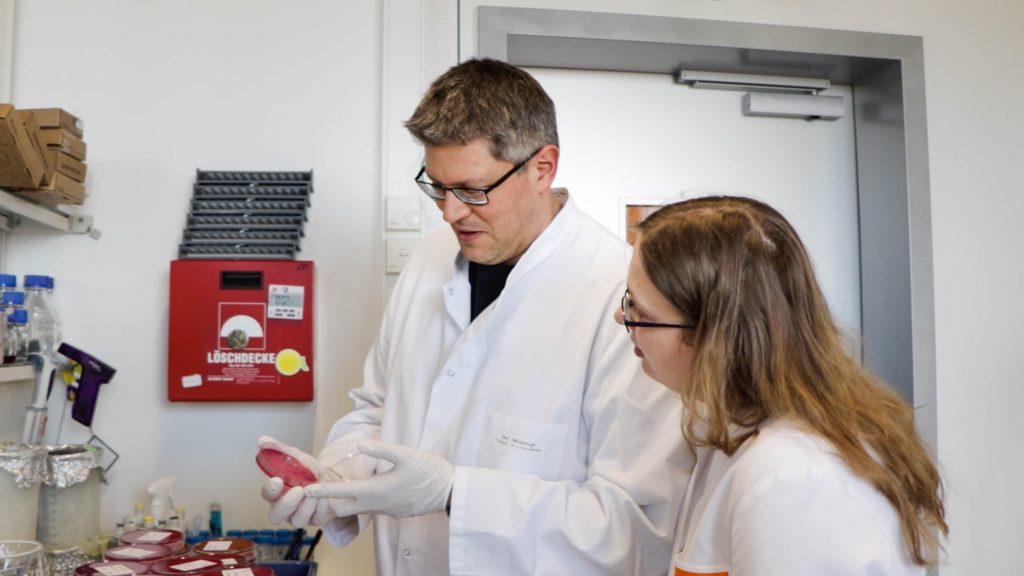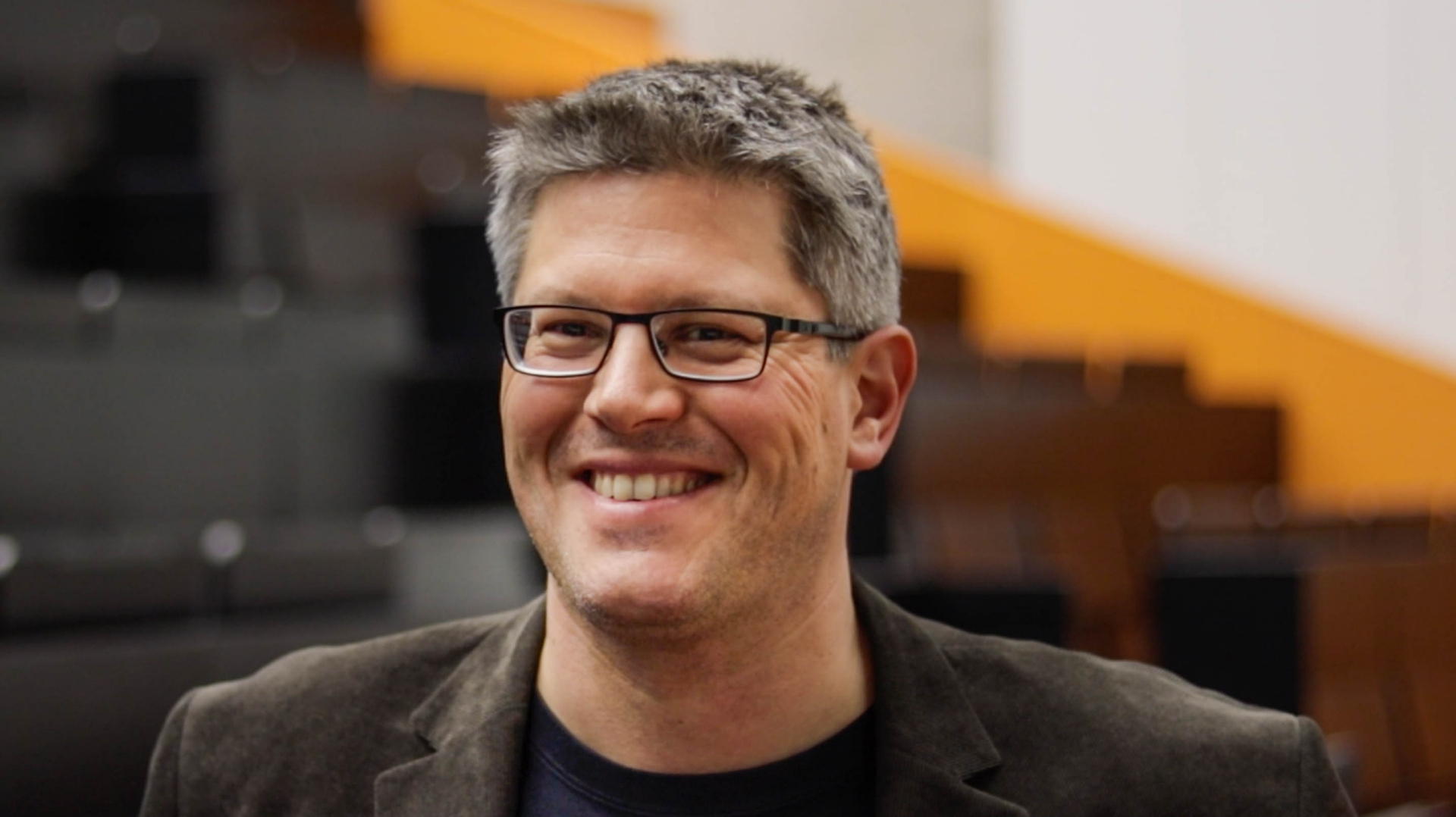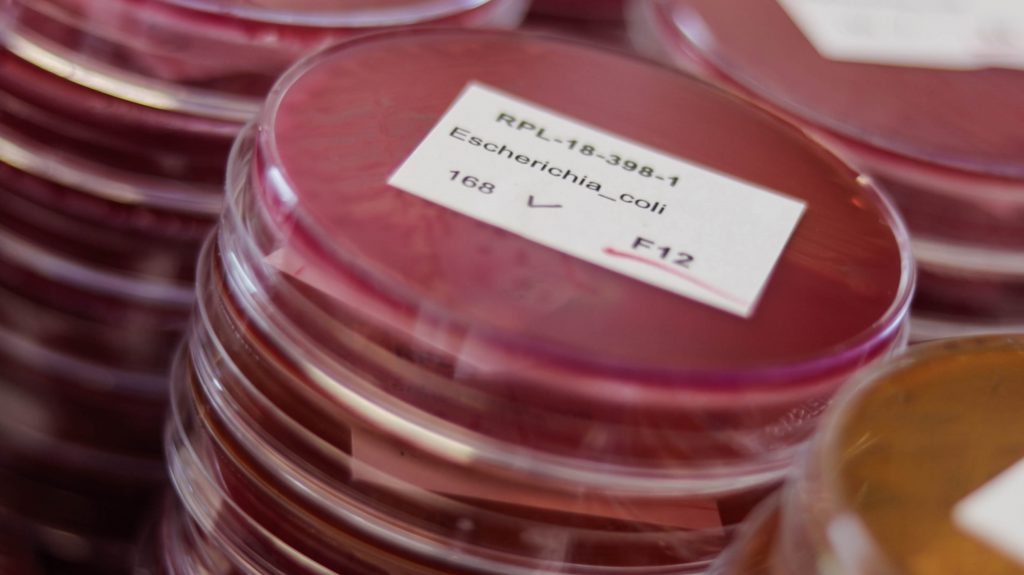Although powerful drugs exist against infectious diseases, a new danger has developed: Particularly in industrialized countries, resistance to antibiotics and newly emerging pathogens threatens an increasing number of lives. Research scenarios suggest around ten million people are expected to die annually around the world by 2050 as a result of antibiotic-resistant bacteria. For this reason, researchers in Central Hessen, Germany, are also taking up the fight against resistance, including a search for new ways to combat infectious diseases.

If a global health worker has a bacterial infection, he or she should not have to worry: After all, antibiotics have saved millions of lives for decades. Thus, these infections should no longer pose a deadly threat in large parts of the world. But what Alexander Fleming, the scientist who discovered penicillin, and other fellow scientists did not suspect at the time were the effect of bacterial mutations: Bacteria have clever strategies to make antibiotics ineffective. Such resistance mechanisms have increasingly caused problems for patients – and now they are increasingly causing fatalities. For this reason, scientists are looking for new antibiotics with different modes of action, but so far they have experienced only moderate success: Meanwhile, the number of cases of resistance continues to rise. Today, antibiotic resistance is a worldwide problem. Bacterial infections again threaten lives, endangering food security and thus even human development. According to the European Centre for Disease Prevention and Control (ECDC), around 33,000 people die every year in Europe alone as a direct result of infections from antibiotic-resistant bacteria.
Global cooperation required
In order to combat this global threat, new antimicrobial drugs must be developed. Health experts and governments in many countries consider the growing resistance situation of bacteria to be dangerous. Consequently, global cooperation and coordinated action between different interest groups of institutions, universities and industry is indispensable. One example of successful cooperation is the German Center for Infection Research (DZIF), an association of more than 500 scientists at 35 institutes and seven locations who are jointly developing new approaches for the prevention, diagnosis and treatment of infectious diseases. The DZIF was founded in 2012 on the initiative of the German Federal Ministry of Education and Research (BMBF) and is a leader in the fight against the most common infectious diseases. The cooperation of the various research teams is intended to ensure the rapid and effective transfer of research results from the laboratories into clinical practice.

In the DZIF’s Central Hessen locations, researchers are concentrating on the development of new strategies to combat frequently occurring infectious diseases. The participating institutions make various resources available for DZIF projects, such as the high-security laboratory in Marburg, Germany, and a laboratory at the Paul Ehrlich Institute (PEI) in Langen, Germany. The PEI in Langen also contributes its expertise in drug approval and development to ensure the rapid transfer of new findings into practice. “The prevention and control of antibiotic resistance has high priority,” says Dr. Can Imirzalioglu, Medical Director at the Institute for Medical Microbiology at Justus Liebig University in Giessen, Germany, one of the DZIF partners. “There are several international initiatives aiming to raise awareness and strengthen research into infectious diseases,” he continues. However, it is always important that all initiatives are coordinated, Imirzalioglu says. “If researchers only work for themselves in a single area, no significant progress can be achieved.”
Fighting infectious diseases with genome analysis
Dr. Imirzalioglu’s team is working with local, national and international institutions to investigate antimicrobial resistance mechanisms. “Within the DZIF, we are focusing our research on multi-resistant Gram-negative pathogens that play a key role in antibiotic resistance both inside and outside the hospital,” he explains. The researchers have set a fundamental goal. “We want to gain a better insight into the genome of these pathogens and understand how and why they spread and why resistance develops.”

The scientists are investigating bacteria such as Escherichia coli and Klebsiella pneumoniae, which are multi-resistant pathogens found in the gastrointestinal tract in up to ten percent of the global population. These microorganisms generally do not disturb the intestinal flora in affected individuals, but they often go unnoticed and are resistant to antibiotics. After surgery or during a hospital stay, these bacteria can cause infections or even spread to other patients. Thus researchers want to be able to recognize these pathogens and understand why they can spread faster than other bacteria – and how they transfer their resistance mechanisms to other microorganisms. “In the human intestine, a resistant Escherichia coli can sit next to a non-resistant Klebsiella and pass on the resistance mechanisms,” explains Imirzalioglu. Using genome analysis, he and his colleagues are able to better understand this process and find new approaches for the prevention and treatment of antibiotic resistance. The investigation of such highly detailed genomic data requires close cooperation with bioinformaticians. In the future, the scientists also want to consider artificial intelligence approaches in order to facilitate complex analyses. Adds Imirzalioglu, “With artificial intelligence, we could introduce genome sequencing into clinical routine.” Collaborative approaches and new technologies may support these Central Hessen-based researchers in turning the tide against antibiotic resistance – a possibility that will allow antibiotics to continue saving lives.

